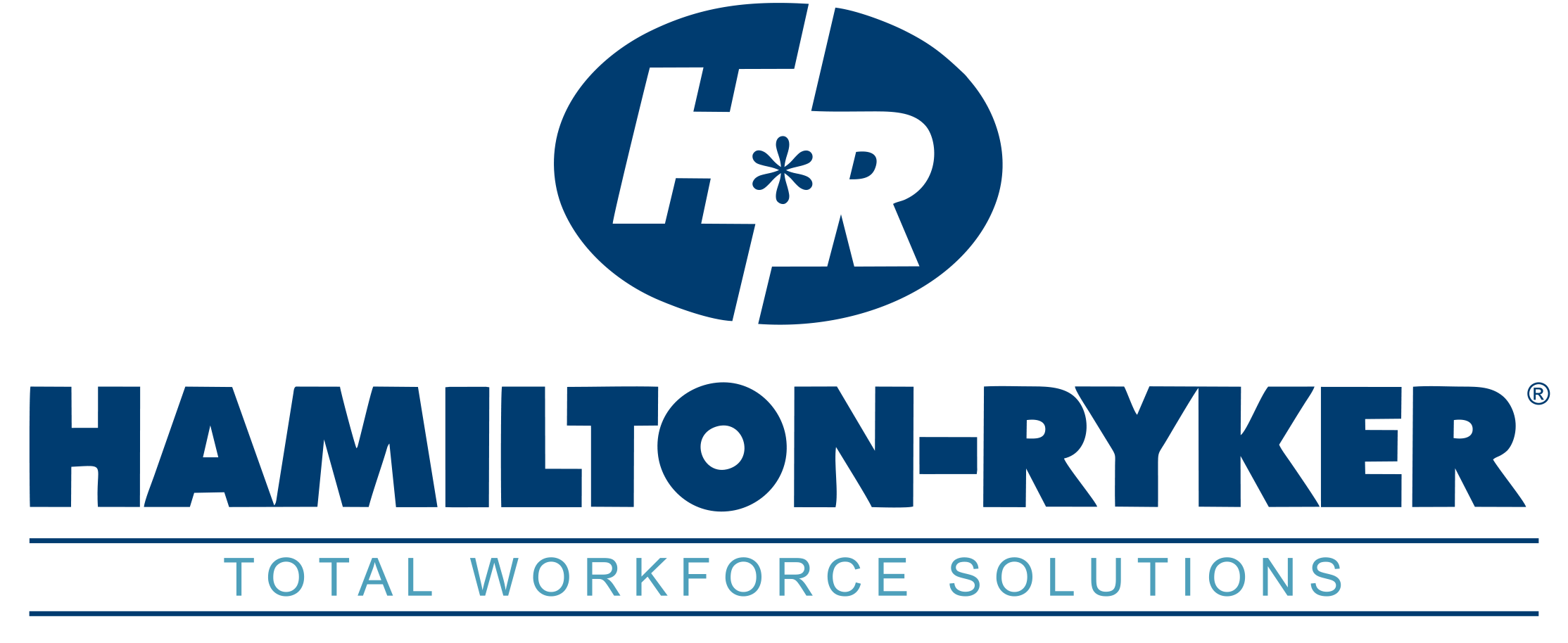What Can Strategic Workforce Planning Do for You?
In the vast majority of cases, a company’s workforce is its most valuable asset. Without skilled, dependable employees in the right positions, any organization would falter and potentially fall.
However, even with knowing how critical a business’s workforce is, many companies fail to use a valuable tool: Strategic workforce planning. Instead of analyzing their workforce and looking for potentially troublesome gaps or examining their potential future needs and addressing them proactively, many organizations take a reactive approach; they only hire when the situation is near-dire.
Strategic workforce planning can alleviate the majority of hiring woes, allowing companies to be proactive and agile in critical areas, including recruitment, staffing levels management, and retention. If you are wondering what strategic workforce planning can do for you, here’s what you need to know.
Optimize Your Workforce
With strategic workforce planning, you are creating opportunities for workforce optimization. As part of the creation phase, you have to analyze the composition of your workforce. This includes more than just counting the number of employees present. You also explore the positions they hold, the skills they bring to the table, the number of hours worked, and even output rates. The goal is to create a comprehensive picture of where you are today, giving you the tools you need to cultivate a better tomorrow.
As you review the data, you can also examine other core areas. For example, you can determine if there are any productivity bottlenecks that could be solved by adjusting your staffing levels. Similarly, you could see if overtime costs in a specific department have become cumbersome and if that expense could be alleviated by expanding your workforce in that area.
Ultimately, by embracing the strategic workforce planning process, you are empowering your company to optimize its staffing levels. This, in turn, can help control personnel costs, boost productivity, and increase efficiency.
Proactively Handle Future Needs
Strategic workforce planning includes considering your future needs. By reviewing production data, you can anticipate shifts in your workforce needs, including skills gaps.
For example, if your business is seasonal in nature, you could examine previous years to determine when your personnel needs increase and to what degree. Then, you can use that information to decide the best time to begin recruitment processes. That way, you can have the right number of employees ready to go once it’s time to ramp up.
Do You Want to Simplify Your Strategic Workforce Management?
Creating an effective strategic workforce management plan can be a substantial undertaking. While the results generally justify the effort, getting started is a cumbersome task, and not all company leaders can shoulder the responsibility.
Luckily, there are services that can help. At Hamilton-Ryker, we offer total workforce management solutions that are customized to meet the needs of our clients. Whether you are looking for a vendor on premise approach, employer of record staffing solution, skills training or a full range of human resource services, we can create a program based on your unique needs. If you’d like to learn more about how our Total Workforce Solutions can help your business today and in the future, click here to contact us.

